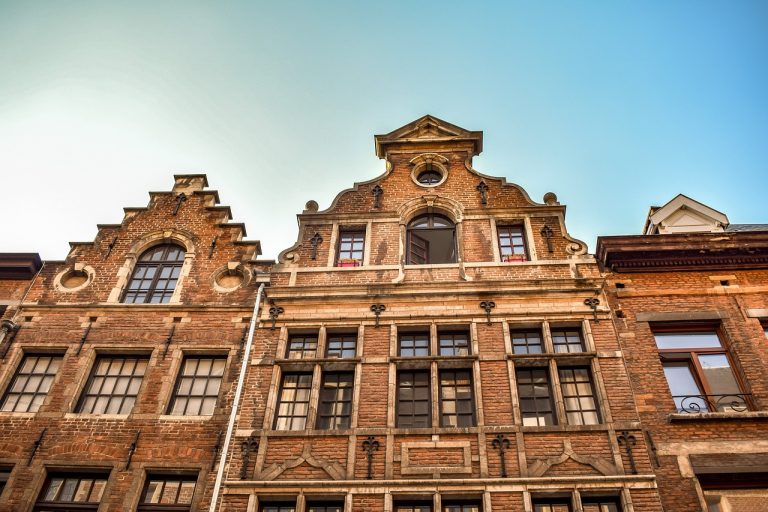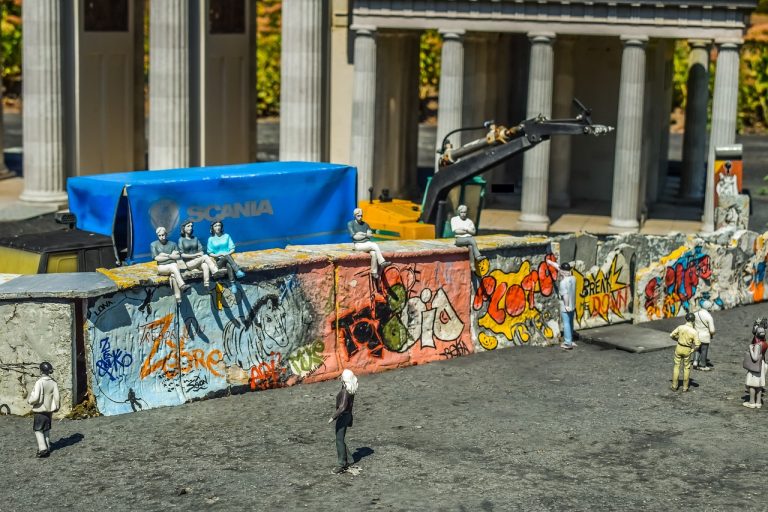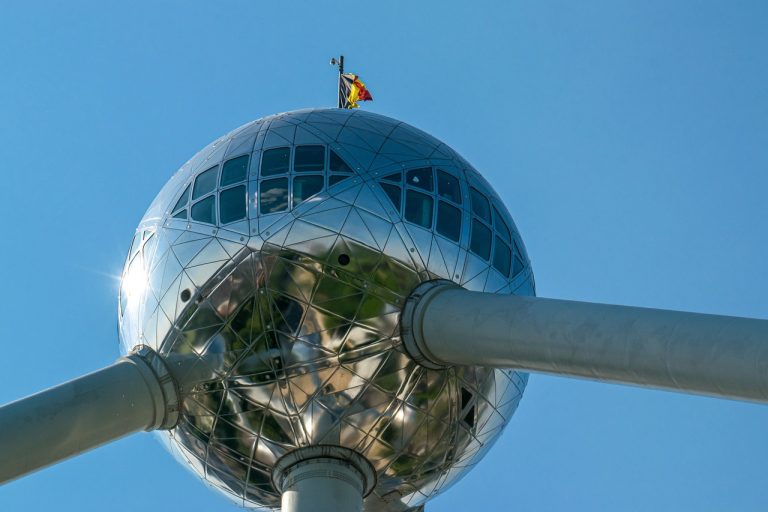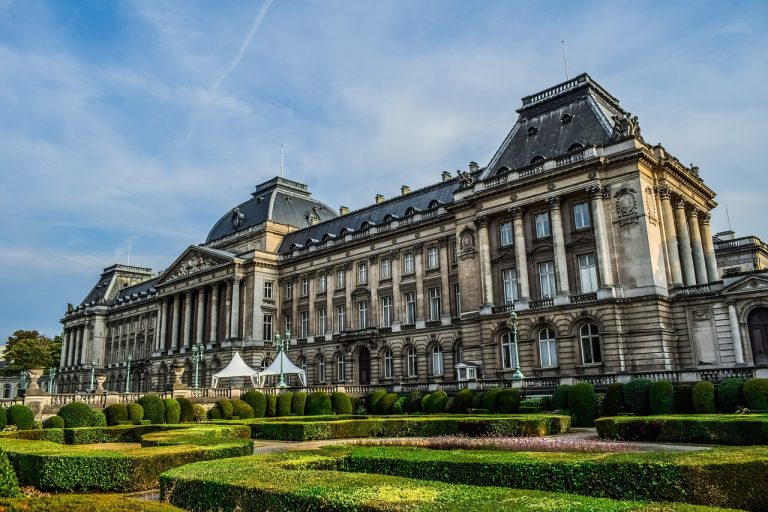Brussels Belgium Video
Local Myths and Legends of Brussels Belgium
Brussels, the capital city of Belgium, is not only known for its stunning architecture, delicious food, and rich history, but it is also home to a variety of captivating myths and legends. These stories have been passed down through generations, adding an air of mystery and intrigue to the city’s already enchanting atmosphere. In this article, we will explore some of the most fascinating myths and legends of Brussels, shedding light on the hidden tales that make this city truly unique.
The Manneken Pis
The Manneken Pis is one of Brussels’ most famous landmarks. This small bronze statue of a little boy urinating into a fountain has become a beloved symbol of the city. According to legend, during a battle in the 14th century, a young boy named Julianske saved the city by urinating on the enemy’s fuse, preventing them from blowing up the city walls. As a result, the Manneken Pis was erected to honor the boy’s bravery. Today, the statue is dressed up in various costumes throughout the year, and its wardrobe includes over 1,000 outfits.
- Keywords: Manneken Pis, Brussels landmark, legend, costume
- The Manneken Pis is a small bronze statue of a little boy urinating into a fountain.
- Legend has it that the statue represents a young boy named Julianske who saved the city during a battle by urinating on the enemy’s fuse.
- Today, the Manneken Pis is dressed up in various costumes throughout the year, with over 1,000 outfits in its wardrobe.
The Legend of Saint Michael and the Dragon
Another fascinating legend of Brussels revolves around the iconic statue of Saint Michael slaying a dragon. According to the story, a fearsome dragon terrorized the city, devouring livestock and even people. The dragon demanded a daily sacrifice of a young maiden until Saint Michael appeared to save the day. Armed with a sword, Saint Michael fought and defeated the dragon, freeing the city from its grip of fear. The statue of Saint Michael can still be seen atop the Brussels Town Hall, serving as a reminder of the city’s triumph over evil.
- Keywords: Saint Michael, dragon, legend, Brussels Town Hall
- The legend tells of a fearsome dragon that terrorized Brussels, demanding a daily sacrifice of a young maiden.
- Saint Michael appeared and fought the dragon, ultimately defeating it and freeing the city from fear.
- The statue of Saint Michael can be seen atop the Brussels Town Hall, symbolizing the city’s victory over evil.
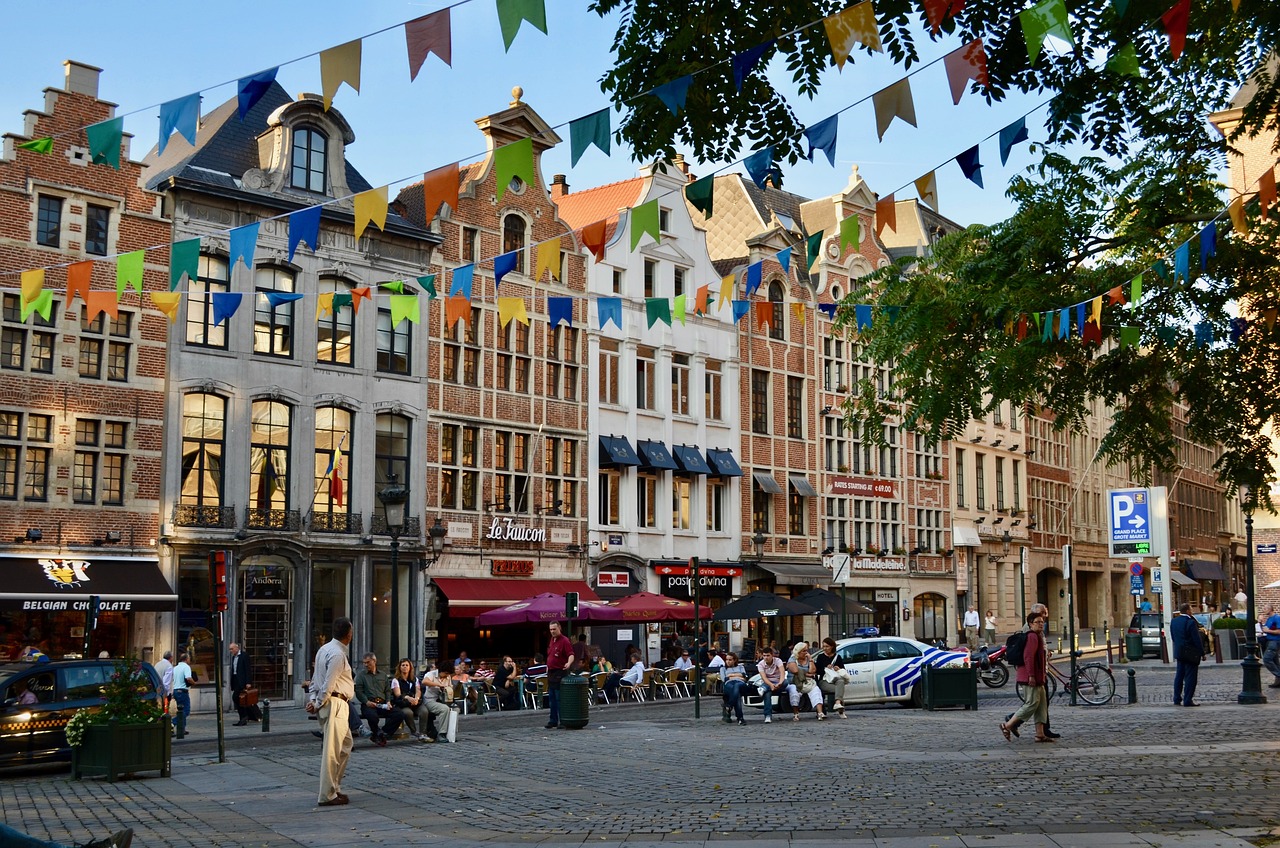
The Curse of the Dukes of Brabant
The Dukes of Brabant were powerful rulers in medieval Brussels, but their reign was not without its share of tragedy. According to legend, the first Duke of Brabant, Godfrey I, was cursed by a woman he had wronged. The curse stated that no male heir would ever succeed him. Despite his numerous attempts to father a son, Godfrey I only had daughters. This curse continued for generations, with each Duke of Brabant facing the same fate. It was not until the birth of John III in 1300 that the curse was finally broken. To this day, the curse of the Dukes of Brabant remains an intriguing part of Brussels’ history.
- Keywords: Dukes of Brabant, curse, Godfrey I, John III
- The first Duke of Brabant, Godfrey I, was cursed by a woman he had wronged, stating that no male heir would succeed him.
- Generations of Dukes of Brabant faced the curse, only having daughters instead of sons.
- The curse was finally broken with the birth of John III in 1300.
The Legend of the Golden Spur
The Legend of the Golden Spur is a tale of bravery and heroism. During the Battle of Courtrai in 1302, Flemish rebels fought against French knights. The Flemish, largely made up of commoners, were outnumbered and seemingly overpowered. However, they managed to turn the tide of the battle when a blacksmith noticed a French knight attempting to flee. The blacksmith, named Pieter de Coninck, grabbed a golden spur from the knight’s boot and used it as a rallying cry for his fellow Flemish fighters. Inspired by his bravery, they fought with renewed vigor and ultimately achieved victory. Today, the Golden Spur is a symbol of Flemish resistance and independence.
- Keywords: Golden Spur, Battle of Courtrai, Pieter de Coninck, Flemish rebels
- The Battle of Courtrai saw Flemish rebels fighting against French knights.
- A blacksmith named Pieter de Coninck grabbed a golden spur from a fleeing French knight and used it to rally his fellow Flemish fighters.
- Inspired by his bravery, the Flemish rebels fought with renewed vigor and achieved victory.
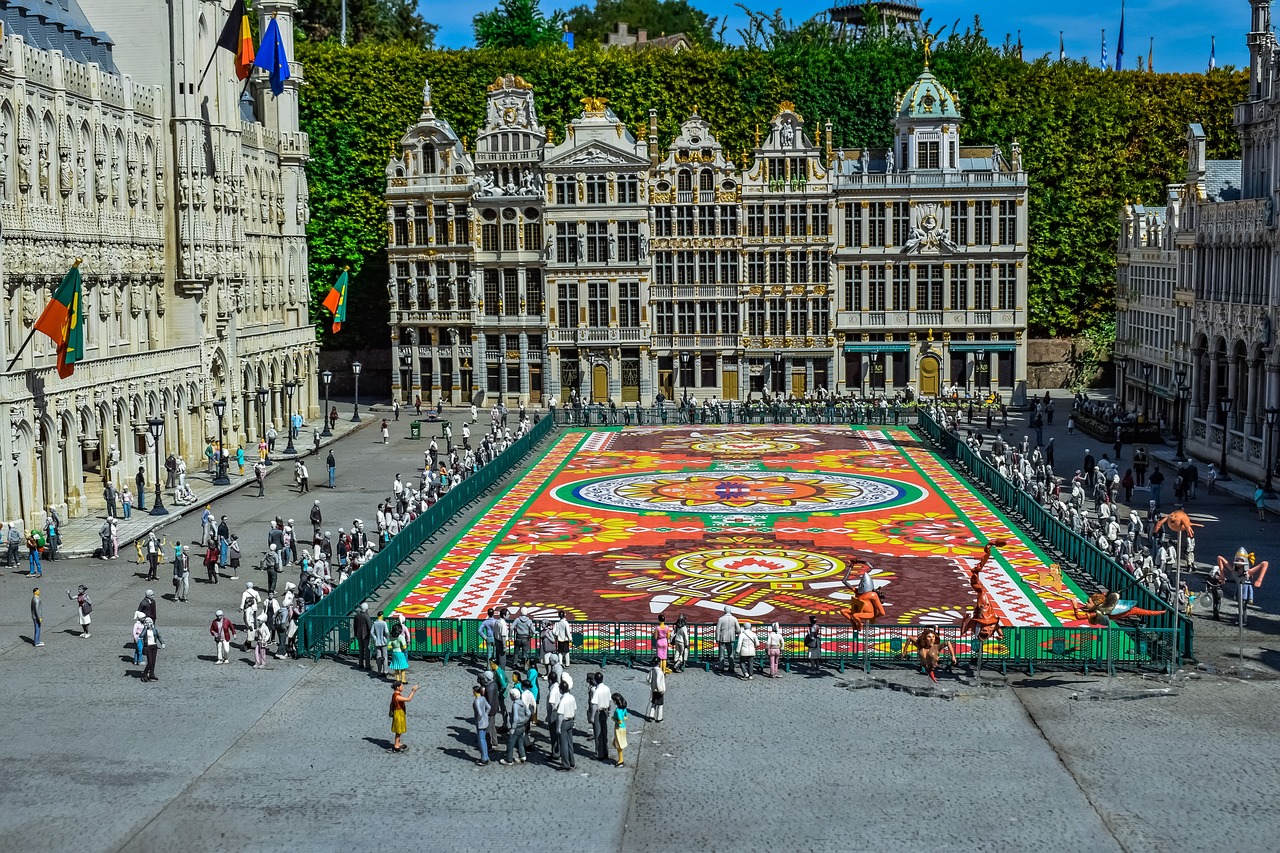
The Legend of the Witches of Brussels
The Legend of the Witches of Brussels takes us back to the 16th century when witch hunts were prevalent in Europe. During this time, Brussels was not immune to the hysteria surrounding witches. The legend tells of a group of witches who would gather secretly at night in an area known as the “Witch’s Corner.” It is said that they would engage in dark rituals and cast spells upon unsuspecting victims. Eventually, the witches were discovered and burned at the stake, putting an end to their reign of terror. Today, the Witch’s Corner serves as a reminder of this dark chapter in Brussels’ history.
- Keywords: Witches of Brussels, witch hunts, Witch’s Corner, dark rituals
- In the 16th century, witch hunts were prevalent in Europe, and Brussels was not exempt.
- A group of witches would gather secretly at night in an area known as the “Witch’s Corner.”
- The witches were eventually discovered and burned at the stake, bringing an end to their reign of terror.
The Legend of the Hidden Treasure
Brussels is not without its tales of hidden treasure. One such legend revolves around the Church of Notre-Dame du Sablon. It is said that beneath the church lies a hidden treasure guarded by a mystical serpent. Many have attempted to find the treasure, but none have succeeded. The legend warns that those who seek the treasure must possess a pure heart and unwavering determination. While the treasure remains undiscovered, the allure of wealth and adventure continues to captivate the imaginations of those who hear this tale.
- Keywords: Hidden treasure, Church of Notre-Dame du Sablon, mystical serpent
- The Church of Notre-Dame du Sablon is said to hide a treasure guarded by a mystical serpent.
- Many have tried to find the treasure but none have succeeded.
- The legend warns that only those with a pure heart and unwavering determination can seek the treasure.
The Legend of the Cursed Fountain
Located in the beautiful Grand Place, the Cursed Fountain is said to bring misfortune to those who drink from its waters. According to the legend, a nobleman’s daughter fell in love with a commoner against her father’s wishes. The nobleman, in anger, cursed the fountain, causing anyone who drinks from it to suffer a broken heart. While the legend may be purely fictional, it adds an air of mystery to the already stunning Grand Place and its iconic fountain.
- Keywords: Cursed Fountain, Grand Place, broken heart
- The Cursed Fountain is situated in the Grand Place and is believed to bring misfortune to those who drink from it.
- The legend tells of a nobleman’s daughter who fell in love with a commoner, leading to the fountain’s curse.
- While the curse may be fictional, it adds intrigue to the beauty of the Grand Place and its fountain.

The Legend of the Sleeping Countess
The Legend of the Sleeping Countess takes us to the Egmont Palace, a stunning neoclassical building in Brussels. According to the story, a countess fell into a deep sleep after a curse was cast upon her. It is said that she will only awaken when a prince comes and kisses her. Many have attempted to break the curse, but so far, none have succeeded. The tale of the Sleeping Countess adds an air of enchantment to the already captivating Egmont Palace.
- Keywords: Sleeping Countess, Egmont Palace, curse, prince
- The Egmont Palace is home to the legend of the Sleeping Countess, who fell into a deep sleep after being cursed.
- According to the legend, she will only awaken when kissed by a prince.
- Despite many attempts, no one has been able to break the curse so far.
The Legend of the Ghostly Carriage
In the heart of Brussels lies the Place Royale, a square with a chilling legend attached to it. According to the story, a ghostly carriage appears in the square at midnight, pulled by headless horses. The carriage is said to be driven by a ghostly coachman, and those who witness the apparition are said to be cursed with bad luck. While the ghostly carriage may only exist in folklore, it adds an element of mystery to the historic Place Royale.
- Keywords: Ghostly carriage, Place Royale, headless horses, cursed
- The Place Royale is associated with the legend of a ghostly carriage that appears at midnight, pulled by headless horses.
- The carriage is said to be driven by a ghostly coachman, and those who see it are believed to be cursed with bad luck.
- While the legend may be purely folklore, it adds a touch of mystery to the historic Place Royale.
The Legend of the Devil’s Stone
Located in the heart of the Marolles district, the Devil’s Stone is a mysterious rock with a fascinating legend. According to the story, the Devil’s Stone was placed there by Satan himself. It is said that anyone who can lift the stone will gain incredible strength and power. Many have tried, but the stone remains firmly in place. The legend adds an element of intrigue to the Marolles district, enticing those who dare to test their strength against the Devil’s Stone.
- Keywords: Devil’s Stone, Marolles district, Satan, incredible strength
- The Devil’s Stone, located in the Marolles district, is said to have been placed there by Satan.
- The legend claims that anyone who can lift the stone will gain incredible strength and power.
- Despite many attempts, the stone remains immovable, adding intrigue to the Marolles district.
The Legend of the Underground City
Brussels is said to have an underground city that lies beneath its bustling streets. According to the legend, the underground city was created by a group of dwarves who built it as a refuge from the human world. It is said that the underground city is filled with hidden treasures and magical creatures. While the existence of the underground city remains a mystery, the legend adds an element of wonder to the city’s history.
- Keywords: Underground city, dwarves, hidden treasures, magical creatures
- Legend has it that an underground city exists beneath the streets of Brussels, created by dwarves as a refuge.
- The underground city is said to be filled with hidden treasures and magical creatures.
- While the existence of the underground city is uncertain, the legend adds a sense of wonder to Brussels’ history.
Conclusion
Brussels, with its rich history and vibrant culture, is not just a city of beautiful landmarks and delicious food. It is also a city steeped in myths and legends that add a touch of enchantment to its streets. From the iconic Manneken Pis to the tales of cursed fountains and hidden treasures, these stories bring a sense of mystery and wonder to the already captivating city. Whether you believe in these legends or not, they are an integral part of Brussels’ heritage and continue to fascinate both locals and visitors alike.
References
- cityloco.net
- brussels.be
- visitbrussels.be


